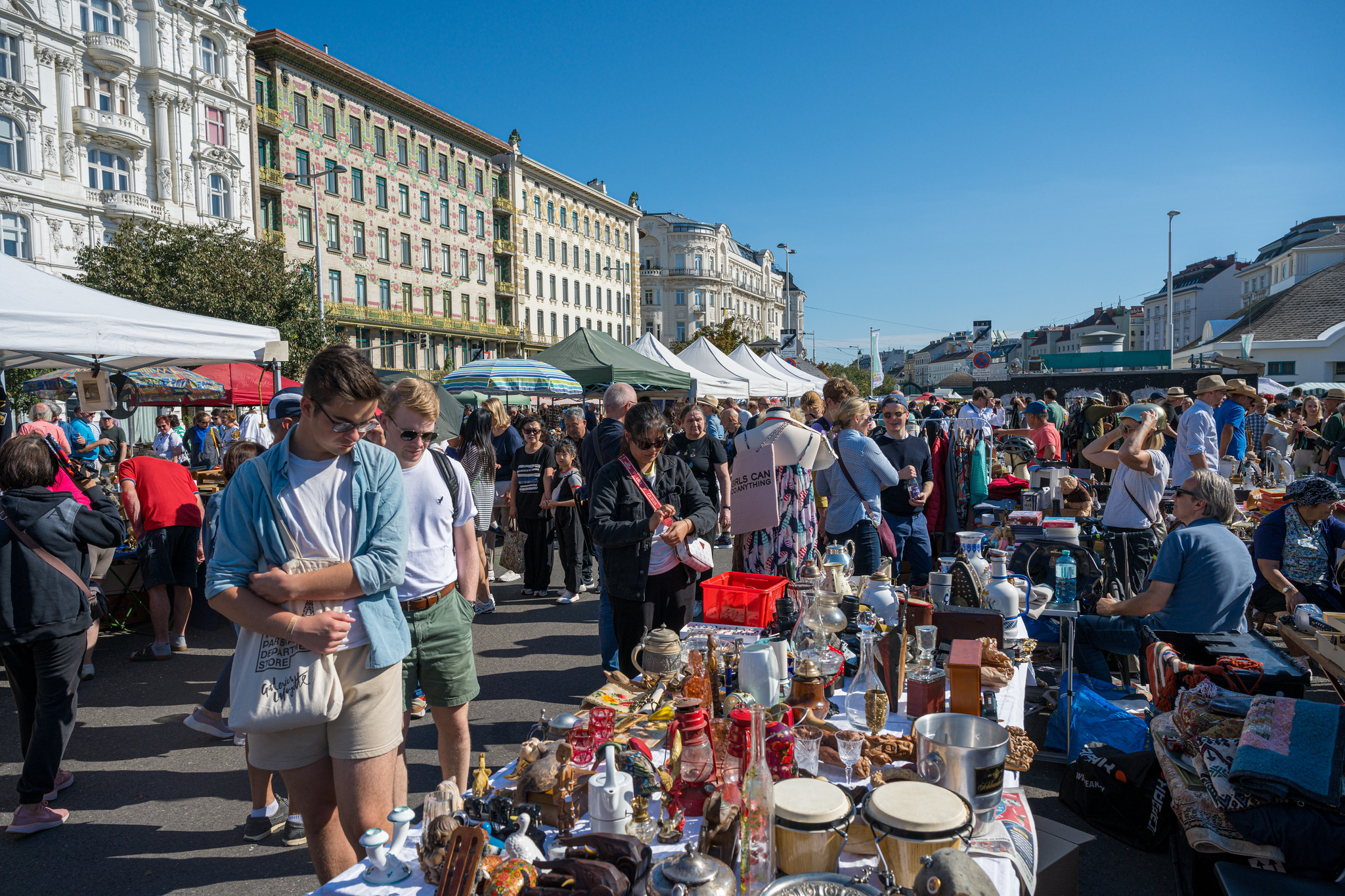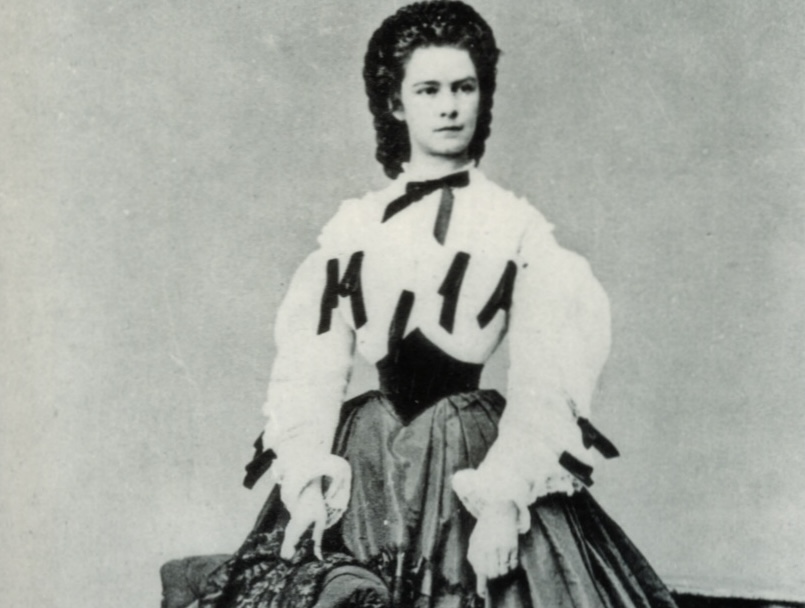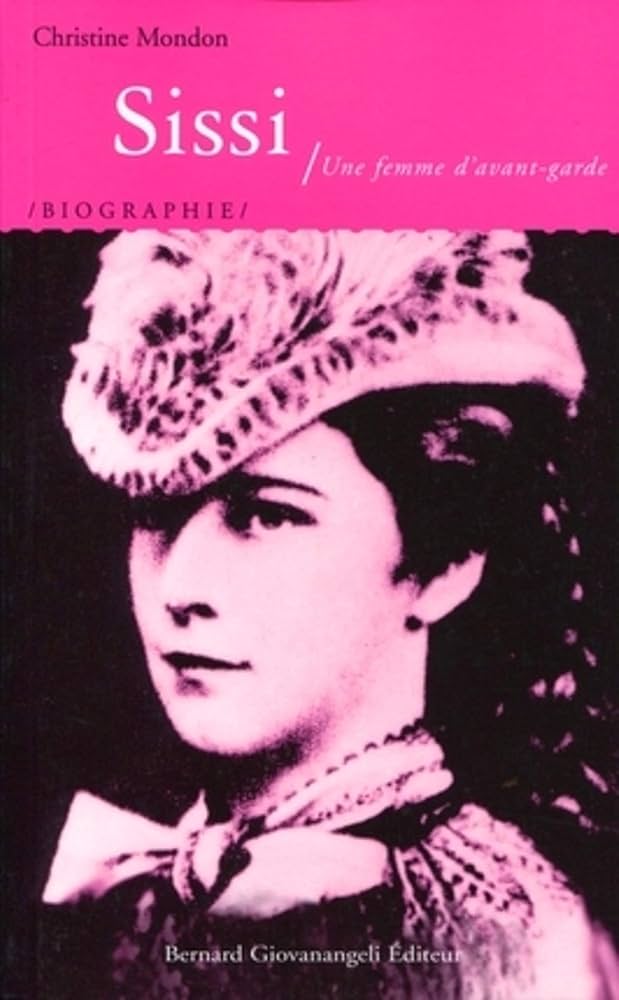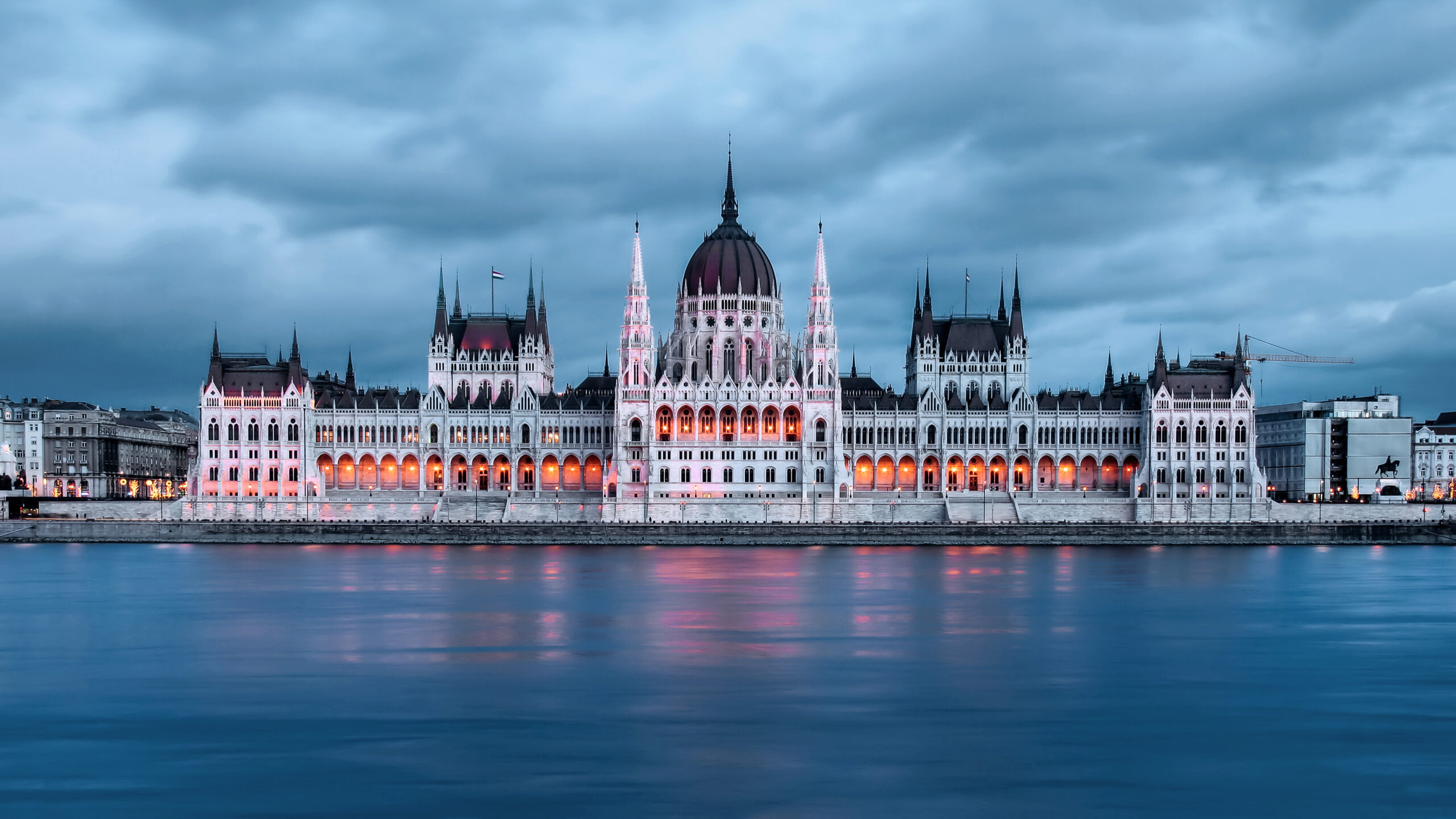

Empress Elisabeth of Austria, also known as Sissi, is a prominent symbol of the Habsburg Empire. She was an icon in her time and still is nowadays. She has inspired many works of fiction, such as Sissi – The Young Empress (1956) or lately The Empress (2022), which created a fantasy that tends to drift away from who she really was. Born in 1837, she married her cousin Emperor Franz Joseph I, when she was just 16. She was an unconventional empress, who spent her lifetime fighting for what seemed right to her. She was killed in 1898 and yet, she is still well known around Europe. We have talked about this historical figure with Christine Mondon, who wrote several biographies of Germanic personalities, among them: Sissi, une femme d’avant-garde (2007). Here’s what she told us about Sissi.
Her exceptional beauty, her remarkable sense of fashion, her unique personality, and her exciting, travel-filled life made her popular during her day. But because of her rebellious, independent, and nonconformist nature, which upset the Court, she was more well liked in Hungary than in Vienna.
She also was a symbol of romanticism. Even though she sought solace in romantic reflections, likening herself to Titania in A Midsummer Night’s Dream and penning poems that drew inspiration from Heinrich Heine, she was more akin to an empress of tragedy.
On September 10, 1898, Italian anarchist Luigi Lucheni killed Sissi on the Mont Blanc bridge in Geneva. Her unfortunate destiny shook up the whole of Europe, it was a real tragedy. Her son Rodolphe passed away in Mayerling on January 30, 1889, under unexplained circumstances that are still unknown today. She therefore turned into a martyr.

MONDON Christine, Sissi, une femme d’avant-garde, Bernard Giovanangeli, Paris, 2007
Sissi is a great source of enthusiasm, even today. Her tragic destiny overwhelmed her, and her unmatched slim figure and attractiveness have made her an idol in Vienna. She thus represents a very nuanced personality. Her modernity, her fights, and her willingness to break rules and customs are further reasons why she is still popular.
But we must forget about the fantasy of Marischka’s films with Romy Schneider and her crinoline gowns, which present a misleading picture of Sissi and her connection with Franz Joseph I. Sissi’s true image is very different from the adorable and sweet ones we sometimes hear about. She has erratic behaviour, is impulsive, eccentric, misanthropic, adventurous, and depressed.
She rides a horse like a man, smokes, sips beer at the table, has an anchor tattooed on her shoulder, and covers her yellowing teeth with her fan. She compiles pictures and portraits of stunning women from the era into her cabinet of curiosities because she is obsessed with beauty. She has a tendency towards anorexia, avoids eating meat, and would rather drink beef blood. She spends three hours a day getting her hair done and puts her body through strenuous gymnastic exercises. She can be considered a ‘fitness’ pioneer.
Free-spirited and an early feminist, Sissi is opposed to marriage and is full of curiosity about the world. As a disobedient empress, she attempted to take part in political activism by opposing what she thought were unjust laws. She travelled alone, fought for her freedom, and disassociated herself from her responsibilities as a wife and mother. She wrote poems and Heinrich Heine was her spiritual mentor.
The fascination with the figure of Sissi is helping tourism in a number of places, including Vienna (with its Hofburg museum, Schönbrunn, and Hermès villa), Bad Ischl (with Kaiservilla), Bavaria on the banks of Lake Starnberg, Corfu (with Achilleion palace), Hungary (with Gödöllö), Madeira (with Funchal), Switzerland (with Geneva, Hôtel Beau-Rivage, Montreux), and in Normandy (Sassetot-Le-Mauconduit) where Sissi loved to ride horses.
The white marble Achilleion Palace in Corfu, which embraces the Ionian Sea and is surrounded by palm and cypress trees, is a must see for anybody interested in learning about Sissi. She studied ancient Greek because she was an ardent Hellenist. You have to picture her in this peaceful, serene environment. It’s possible to gain a deeper understanding of Sissi’s passion for equestrian art and Hungary by visiting the Royal Palace of Gödöllö, her summer residence. Despite Vienna having a museum devoted to her, Sissi detested the city. Yet she loved to get the famous violet ice cream at Demel in Vienna or at Gambrinus in Naples, in Piazza del Plebiscito.



Start your journey in the Extinguished Countries!
Get a free chapter from our first guidebook “Republic of Venice” and join our community!